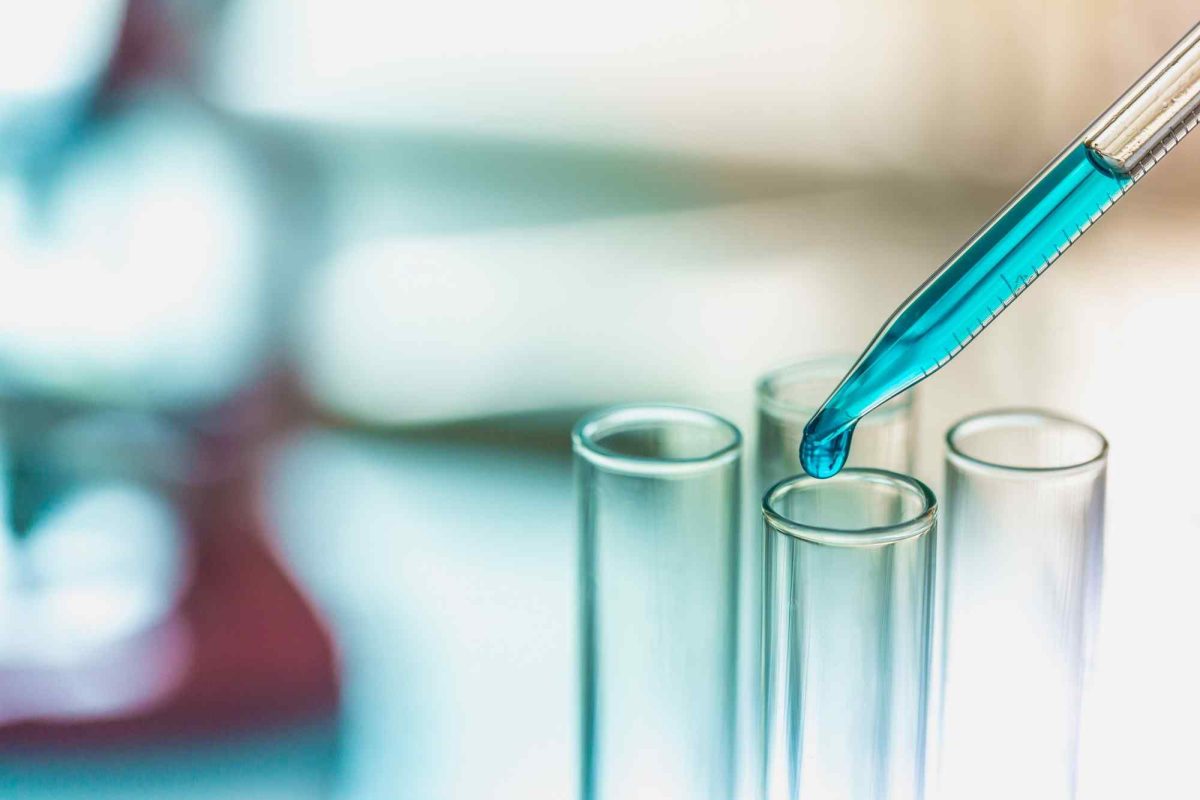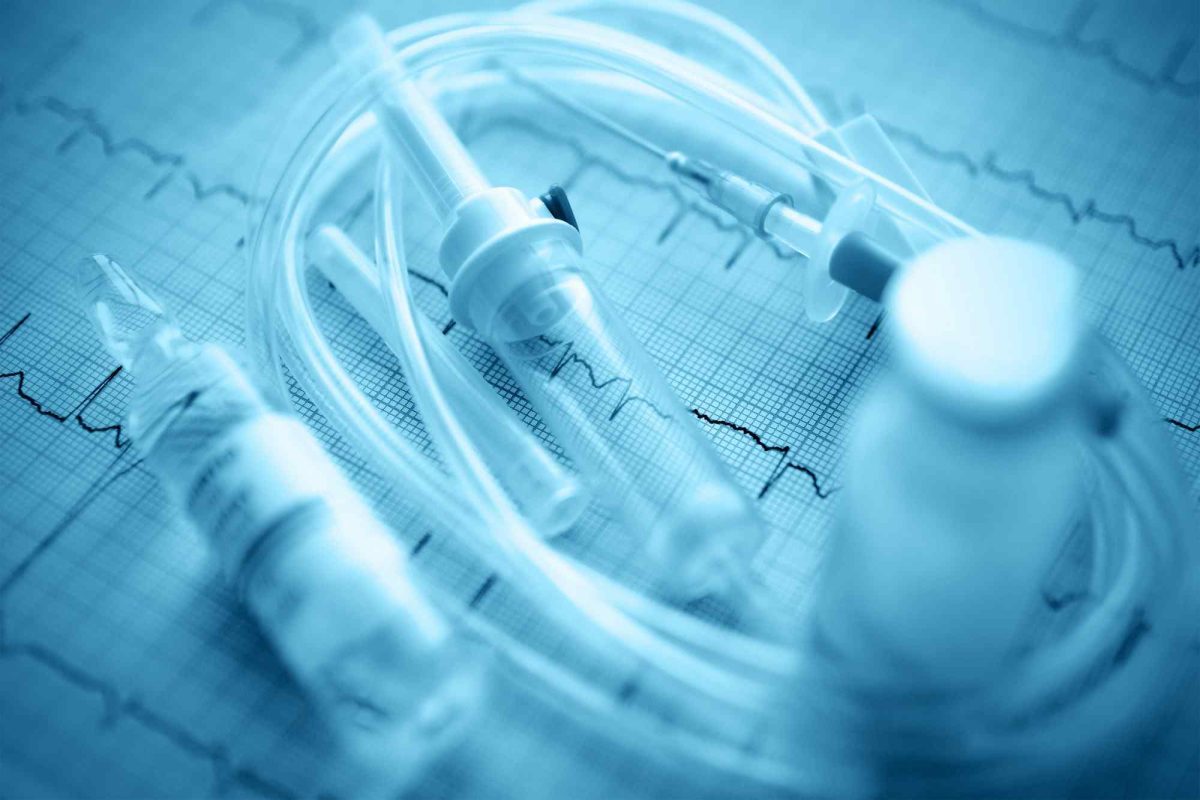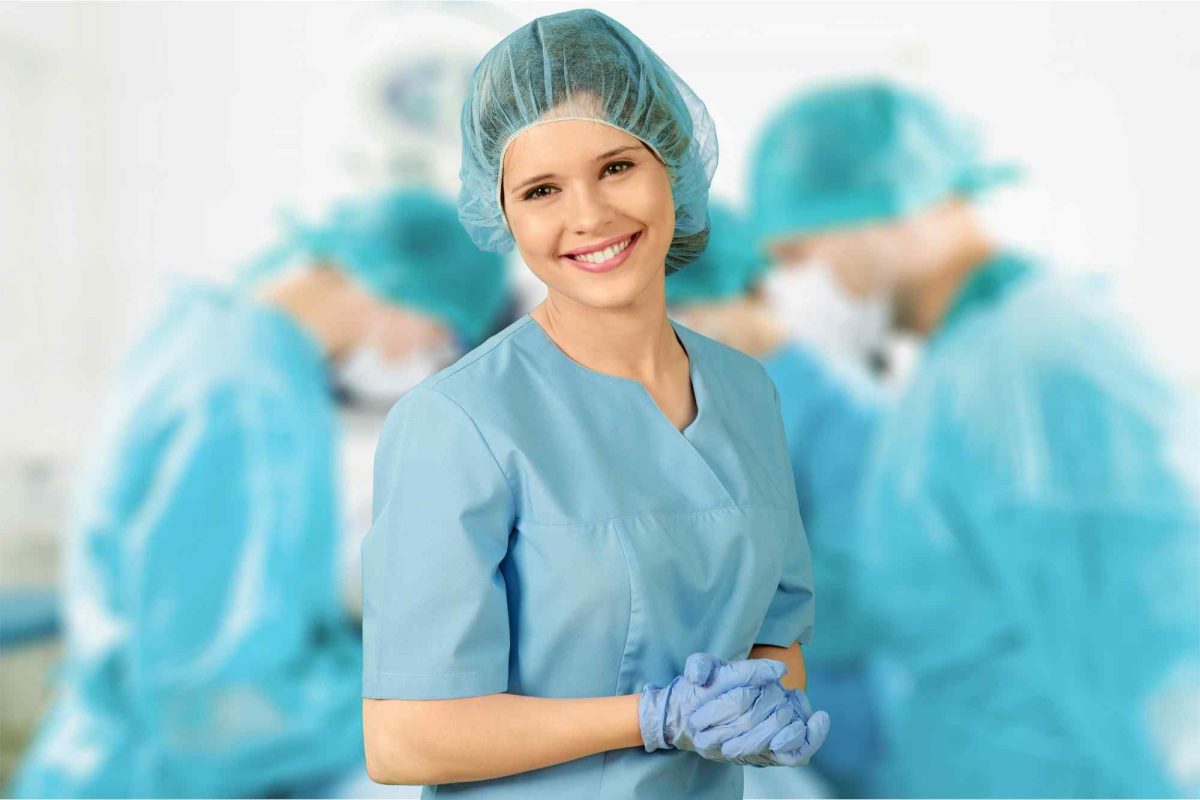In summary; Plastic and Reconstructive Surgery tries to repair all kinds of defects (cavities) affecting the skin, subcutaneous tissue and bones on the entire body surface. The basic rule in doing this is to repair with tissues similar to the tissues that have been lost.
Areas of interest in Plastic and Reconstructive Surgery:
– Facial deformities – Asymmetries, congenital masses, rare facial clefts
– Cleft lip and palate
– Craniofacial – maxillofacial anomalies (e.g. deformities, irregularities, deficiencies of the jaw, face and skull bones
– Orthognathic surgery (Jaw closure disorders)
– Absence of auricle, prominent ear and other deformities
– Nasal defects, tumors, ruptures
– Salivary gland problems
– Congenital tumors, nevi (moles), masses, vascular malformations, hemangiomas
– Bone and soft tissue trauma of the face
– Maxillofacial surgery (Bone defects-fractures-shape and function disorders caused by traffic accidents, tumors and other causes, jaw surgery
– Head and neck tumors and repair of their defects
– Absence, asymmetry or excess breast tissue
– Breast reconstruction after cancer
– Gynecomastia (large breast in men)
– Congenital anomalies of the genital organs (Epispadias, hypospadias, vaginal agenesis etc.)
– Repairs of genital organs, replantation of severed organs,
– Chest and abdominal wall defects
– Hand Surgery (Traumas, tumors, finger transfers, finger repairs-extensions etc.)
– Deficiencies and deformities of the hands and feet
– Peripheral nerve problems (traumas, neuropathies, defects, masses)
– Skin and soft tissue tumors
– Acute burns and post-burn deformities, contractions, shrinkage, damage to soft tissues caused by electrical and chemical substances
– Skin and subcutaneous wounds caused by various infections, radiation and other influences
– Chronic wounds (such as pressure sores, venous wounds, diabetic foot wounds)
The rule for repair in Plastic Surgery is to choose the simplest and least damaging method first. Primary repair of a wound (such as suturing) is considered first, and if there is tissue loss, graft (skin patch) application comes to the agenda. In cases where this method is not suitable (such as deep and complex tissue loss, open bone and tendon injuries), flaps should be used. Flaps are planned in a flow chart from local simple flaps (for example skin flaps) to composite flaps (involving more than one tissue) depending on the condition and location of the tissue defect. The basic rule in plastic surgery is to repair by using the tissues closest to the lost tissues. In both plastic surgery and aesthetic surgery, it is primarily appropriate to use autologous tissues (taken from the person himself/herself). However, if donor areas or the patient is not suitable for autologous tissues, other sources can be used (homografts, heterografts and alloplastic materials). For example, for extensive burns, skin grafts (skin patches) from intact areas of the patient are preferred. If these areas are insufficient, skin from other people, cadavers (homografts) and even skin from animals (heterografts) can be used. With the exception of autografts, they are used as temporary biological dressings in humans and are not retained in the wound. Another example can be given for bone loss. In facial bone loss, bone is first taken from other body parts and applied to the defect area. However, if this source is insufficient or unavailable, alloplastic materials (porous polyethylene, hydroxyapatite, titanium, etc.) can be used.
Aesthetic Surgery (Cosmetic Surgery)
It is a sub-branch within plastic surgery. Aesthetic (or cosmetic) surgery deals with operations and interventions to make the body image more beautiful and perfect. There are aesthetic problems here rather than a medical problem. In the media, there is more news about the aesthetic aspect of plastic surgery, and perhaps for this reason, the public perceives plastic surgeons as people who only perform plastic surgery. However, plastic surgeons mostly deal with repair surgery (reconstructive surgery) in clinics.
All plastic surgeons also receive plastic surgery training during their specialty training and they are the only surgeons authorized to perform these operations. Aesthetic surgery requires long training and experience. Such operations require both surgical and artistic talent. In plastic surgery, not always aesthetic, but sometimes medical problems are solved. For example, surgical correction of an overweight body or breasts that have grown to giant sizes (gigantomastia) solves both medical and aesthetic problems. In addition to the aesthetic correction of an organ, its function is also extremely important. For example: in aesthetic nose surgery (Rhinoplasty), shape and breathing problems must be corrected together.
In our country, breast plastic surgery (enlargement-reduction-lift), nose plastic surgery (rhinoplasty), body contour surgery (liposuction, lipectomy, abdominoplasty), face lift-renewal, eyelid surgery (blepharoplasty), auricle correction (protruding ear) are frequently performed. It is among the aesthetic operations performed.
For aesthetic surgery operations, it is necessary to consult expert plastic surgeons. The attempts of doctors in other fields to perform plastic surgery create many medical, ethical and judicial problems, and patients in incompetent hands encounter complications that are very difficult to correct. Therefore, it would be to the benefit of patients to consult “Plastic and Aesthetic Surgeons” when choosing a surgeon regarding the above problems.
Fields of Aesthetic Surgery
· Aesthetic and functional nose correction (Rhinoplasty, septorhinoplasty)
· Facial renewal (Face lift – eyelid and mouth area revisions, treatment of wrinkles)
· Endoscopic face-forehead lift, eyebrow lift
· Eyelid aesthetics (Blepharoplasty)
· Correction of prominent ears and other aesthetic problems in the auricle,
· Jaw enlargement and reduction operations (Mentoplasty),
· Removing scars and irregularities on the skin,
· Hair transplants-replacements
· Laser applications (Face peeling, removal of blemishes and vascular malformations
· Aesthetic breast operations: Enlargement, reduction and lift
· Operations to reduce excessive skin-subcutaneous fat tissue (liposuction-lipectomy)
· Tummy tuck (Abdominoplasty)
· Leg contour correction (with liposuction, injections or leg implants)
· Contour corrections with implants (prostheses applied to soft tissue) (such as hip and thigh implants, pectoral (chest) implants in men – leg implants)
· Skin care and interventions
To achieve the goal in aesthetic surgery, operative and non-operative methods can be used together or separately. For example, in facial rejuvenation, first a face lift (rhytidectomy = face lift) is performed, then chemical peeling and filler injection can be performed for fine lines and blemishes. It should not be forgotten that aesthetic problems that require surgery (such as sagging skin, regional fat accumulation, hypertrophic breast) can only be resolved with operative methods. Instead of surgery, some methods (mesotherapy, carboxytherapy, etc.), whose scientific validity has not yet been proven and are generally applied by people other than plastic surgeons, do not provide any significant benefit to patients.
Apart from the major operations listed above in aesthetic surgery, skin peeling methods (laser, chemical or mechanical peeling) for blemishes, fine wrinkles, acne or old scars; fat injections (lipofilling) for dimples and contour disorders; fillers (such as collagen, hyaluronic acid) for depressed scars and wrinkles; Auxiliary methods such as applications for forehead and eye lines, injection of fat and various fillers for lip thickening are applied.
Turkish Plastic Surgery has a very good place in the world both in terms of scientific and surgical talent. All plastic and aesthetic surgery operations performed in the world can be performed with the same quality in our country, and many foreign patients come to our country and undergo surgery.
Specialized sub-branches within Plastic Surgery:
Aesthetic (Cosmetic) Surgery: These are operations performed to give the patient a more aesthetic and proportionate body. The relevant body part (nose, breast, abdomen) is made more perfect and compatible with the surrounding contours based on anatomical and aesthetic measurements. Fat injections and various implants can be used in this surgery.
Maxillofacial Surgery: Deals with all types of surgery of the facial bones. Correction of facial bone fractures, tumors, orthognathic corrections (moving the jaws forward or backward), and congenital facial clefts are within this field.
Craniofacial Surgery: Corrects abnormalities and deformities in the skull bones. Skull deformities (tower head, hammer head, flattened head) noticed after birth are corrected through craniofacial surgery, as they will negatively affect brain development. Defects and deformities that occur later in the skull bones can be repaired with various autologous tissue (bone and cartilage taken from elsewhere) or alloplastic materials.
Microsurgery: It is a surgery performed under an operating microscope with special microsurgical instruments. Replantation of severed hands, feet and other tissues can be done with this surgical technique. Thanks to the suturing of small diameter vessels and nerves, the function of the severed organ is restored, and it is also possible to transfer tissues from another region to a defect (Free flaps). Today, thin vessels and nerves up to 0.5 mm in diameter can be sutured.
Hand Surgery: Correction of traumatic (cuts, crushes, ruptures) defects, shape and function disorders in the hand, correction of congenital disorders (finger anomalies, conjoined and extra fingers, cleft hand, deformed hand, etc.), repair of tendons and nerves, hand tumors, hand burns Treatment can be done through hand surgery.
Endoscopic surgery: With the help of an endoscope, facial and forehead lifts, breast prosthesis placement, and nerve and vascular surgeries have become possible.











